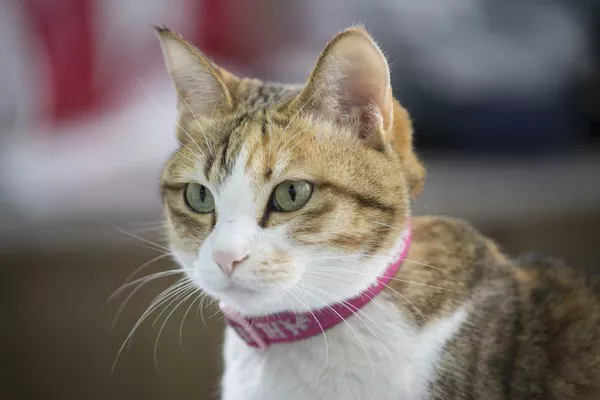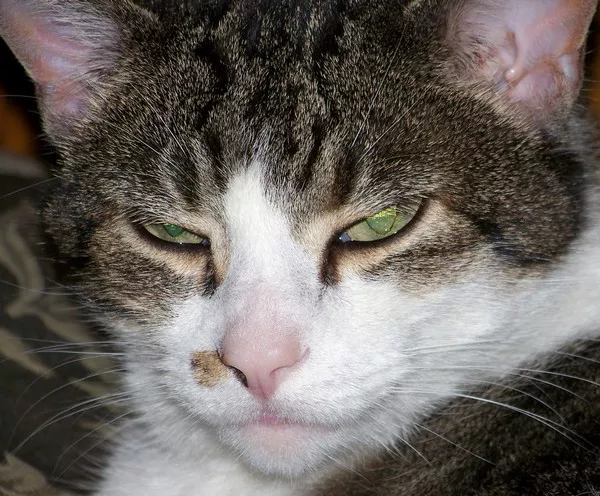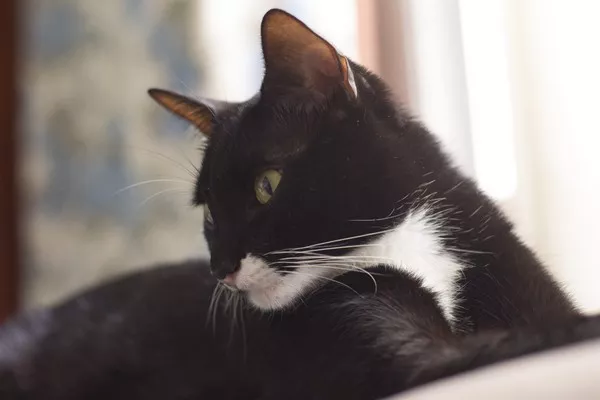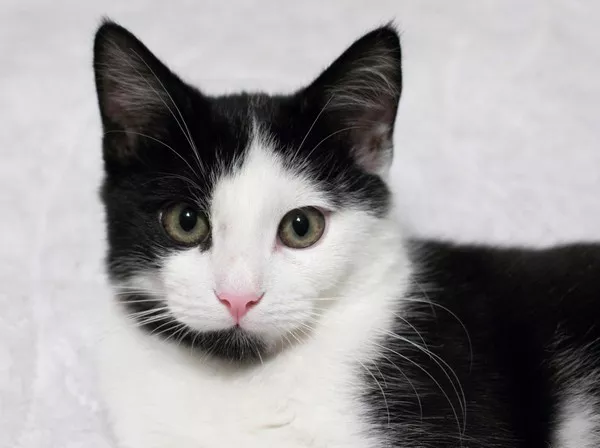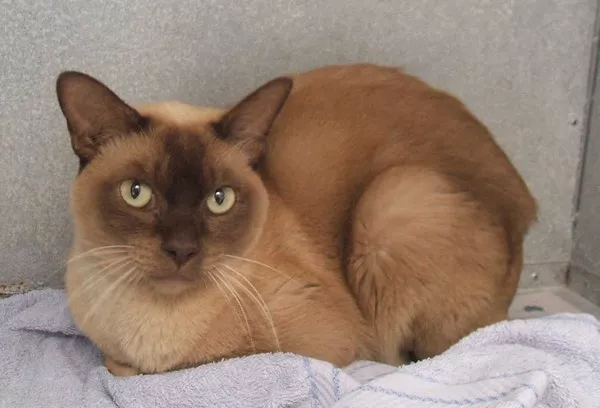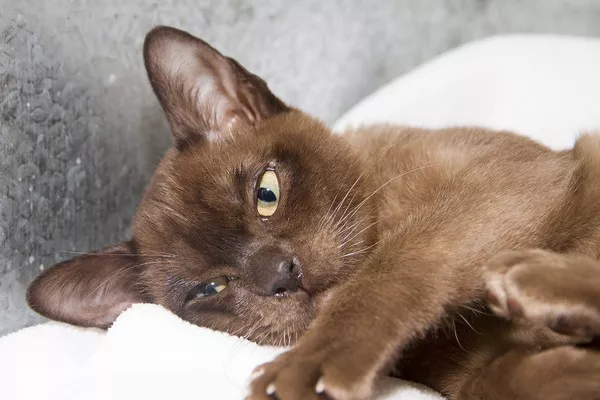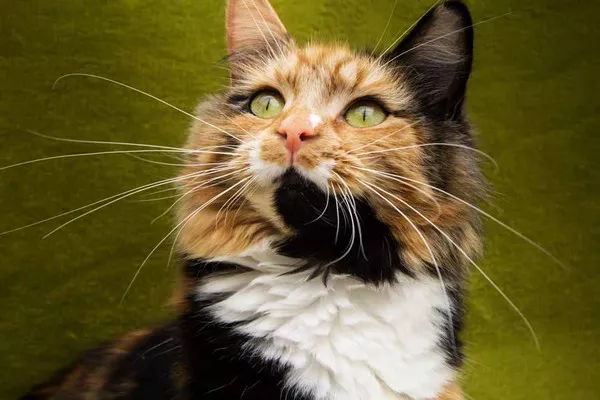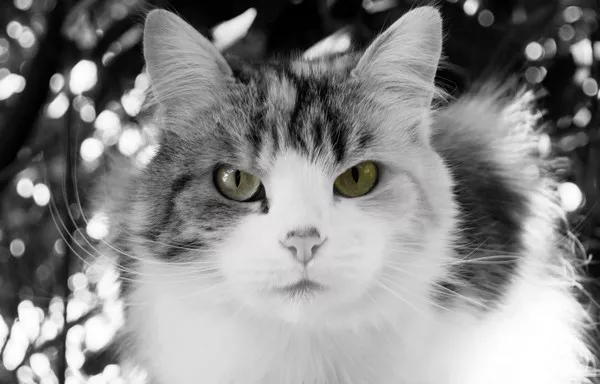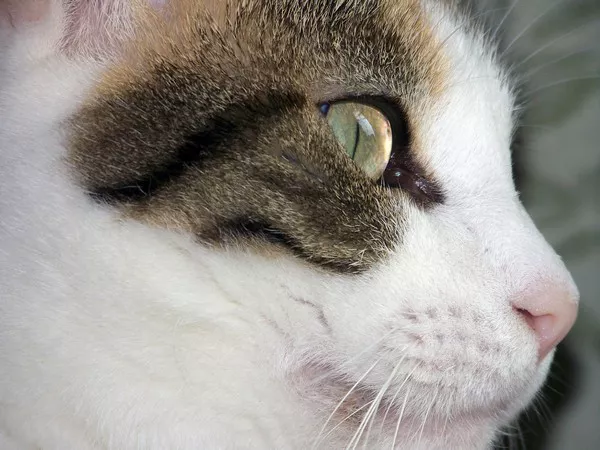Feeding your calico cat the right amount is crucial for its overall health and well-being. Understanding your cat’s dietary needs involves considering various factors such as age, weight, activity level, and health status. This comprehensive guide aims to provide detailed information on how to properly feed your calico cat, ensuring it stays healthy, happy, and active.
Understanding Calico Cats
Calico cats are not a specific breed but rather cats with a distinctive tri-color coat pattern. They can belong to various breeds, including domestic shorthair, domestic longhair, and several purebred lines. While their unique coloring doesn’t directly affect their dietary needs, it’s important to consider the breed-specific characteristics that might influence their feeding requirements.
Nutritional Requirements of Cats
Cats are obligate carnivores, meaning their diet should primarily consist of animal-based proteins. They require specific nutrients that are naturally found in animal tissues, such as taurine, arachidonic acid, vitamin A, and vitamin B12. Understanding these nutritional needs is the foundation for determining the appropriate amount and type of food for your calico cat.
Factors Influencing Feeding Amounts
Age: Kittens, adults, and senior cats have different nutritional needs and calorie requirements.
Weight: Maintaining an ideal body weight is crucial. Overweight or underweight cats will need adjustments to their feeding amounts.
Activity Level: Active cats burn more calories and require more food compared to less active or sedentary cats.
Health Status: Cats with certain health conditions may need specialized diets.
Feeding Kittens
Kittens have high energy needs and require frequent feeding. Here are some guidelines for feeding your calico kitten:
Birth to 4 weeks: During this period, kittens should be nursing from their mother. If bottle-feeding is necessary, a kitten milk replacer should be used.
4 to 8 weeks: Begin introducing wet kitten food mixed with kitten formula, gradually increasing the amount of solid food.
2 to 6 months: Feed a high-quality kitten food, providing four meals a day. Ensure the food is rich in protein and fat to support growth and development.
6 months to 1 year: Reduce the number of meals to three per day. Monitor your kitten’s growth and adjust portions as necessary.
Feeding Adult Cats
Adult calico cats need a balanced diet to maintain their health. Here are some guidelines:
Choosing the Right Food: Select a high-quality commercial cat food labeled as complete and balanced. Look for foods that list meat as the first ingredient and avoid those with excessive fillers and artificial additives.
Portion Control: The amount of food your adult cat needs depends on its weight and activity level. On average, an adult cat requires about 20 calories per pound of body weight per day.
Feeding Schedule: Most adult cats thrive on two meals per day. Consistent feeding times can help regulate your cat’s metabolism and digestion.
Feeding Senior Cats
As cats age, their dietary needs change. Senior cats may require fewer calories but more nutrients to support aging bodies.
Specialized Senior Diets: Many pet food manufacturers offer formulas specifically designed for senior cats. These foods often contain lower calories, higher fiber, and added supplements to support joint health and cognitive function.
Monitoring Health: Regular veterinary check-ups are essential to monitor your senior cat’s health and make dietary adjustments as needed. Conditions like kidney disease, diabetes, and dental problems can affect their nutritional needs.
Adjusting Portions: Older cats may become less active and require fewer calories. Adjust portion sizes to prevent weight gain and obesity.
Calculating the Right Amount of Food
To determine the exact amount of food your calico cat needs, consider using a calorie calculator or consulting with your veterinarian. Here’s a basic formula to estimate your cat’s daily calorie needs:
Determine Ideal Body Weight: Use a weight chart or consult your vet to find the ideal weight for your cat’s age, breed, and size.
Calculate Resting Energy Requirements (RER): RER is the number of calories needed to maintain basic bodily functions at rest. The formula is:
RER (kcal/day) = 70 x (ideal body weight in kg)^0.75
Adjust for Activity Level: Multiply the RER by a factor based on your cat’s activity level:
Indoor cats: RER x 1.2
Outdoor cats: RER x 1.4
Active cats: RER x 1.6
Determine Portion Size: Check the calorie content of your cat’s food (usually listed on the packaging) and divide the daily calorie requirement by the calorie content per serving to find the appropriate portion size.
Wet vs. Dry Food
Choosing between wet and dry food depends on your cat’s preferences and health needs. Both types have their pros and cons.
Wet Food: Higher moisture content helps keep cats hydrated, which is beneficial for urinary health. It often contains fewer carbohydrates and more protein, making it closer to a cat’s natural diet.
Dry Food: Convenient and can help maintain dental health by reducing plaque buildup. It tends to be more calorie-dense, so portion control is crucial to prevent overeating.
See Also: Can American Shorthair Have Short Hair?
Combining Wet and Dry Food
Many cat owners choose to feed a combination of wet and dry food to provide a balanced diet. Mixing the two can offer the benefits of both types and keep your cat interested in its meals.
Meal Planning: Determine the total daily calorie requirement and divide it between wet and dry food. Ensure that the combined portions meet your cat’s nutritional needs without exceeding calorie limits.
Feeding Schedule: You can offer wet food during specific meal times and leave dry food out for grazing. This approach ensures your cat has access to food throughout the day while receiving the hydration benefits of wet food.
Treats and Snacks
While treats can be a fun way to bond with your cat, they should be given in moderation. Treats should not make up more than 10% of your cat’s daily calorie intake.
Healthy Treat Options: Choose treats made from high-quality ingredients without excessive fillers or artificial additives. Look for options that offer nutritional benefits, such as dental health treats or those fortified with vitamins.
Portion Control: Account for treat calories when calculating your cat’s daily food intake to prevent overfeeding.
Monitoring Your Cat’s Weight and Health
Regular monitoring of your cat’s weight and health is essential to ensure it remains in optimal condition.
Weigh-Ins: Weigh your cat regularly to track its weight. Use a digital pet scale or weigh yourself while holding your cat and subtract your weight from the total.
Body Condition Score (BCS): Assess your cat’s body condition using a BCS chart. A healthy cat should have a visible waist when viewed from above and a slight tummy tuck when viewed from the side.
Veterinary Check-Ups: Regular vet visits are crucial for monitoring your cat’s health, adjusting its diet, and addressing any concerns promptly.
Special Dietary Needs
Some calico cats may have special dietary needs due to health conditions. Work with your veterinarian to develop a diet plan that meets these needs.
Obesity: If your cat is overweight, a weight management plan with reduced-calorie food and increased activity is essential.
Diabetes: Diabetic cats may require a diet low in carbohydrates and high in protein to manage blood sugar levels.
Kidney Disease: Cats with kidney disease often need a diet low in phosphorus and protein to reduce kidney workload.
Food Allergies: If your cat has food allergies or intolerances, an elimination diet or hypoallergenic food may be necessary.
Homemade Diets
Some cat owners prefer to prepare homemade diets to have more control over their pet’s nutrition. If you choose this route, it’s vital to ensure the diet is balanced and meets all of your cat’s nutritional needs.
Consult a Veterinarian or Nutritionist: Work with a professional to create a diet plan that includes all essential nutrients.
Variety and Balance: Provide a variety of protein sources and include supplements as needed to ensure a balanced diet.
Safety and Hygiene: Practice safe food handling and preparation to prevent contamination and ensure your cat’s safety.
Conclusion
Feeding your calico cat the right amount of food is crucial for its overall health and well-being. By understanding your cat’s nutritional needs, monitoring its weight and health, and making informed choices about food types and portions, you can ensure your feline friend remains healthy and happy. Regular veterinary check-ups and adjustments to the diet as needed will help maintain optimal health throughout your cat’s life. Remember, a well-fed cat is a happy and healthy cat.

